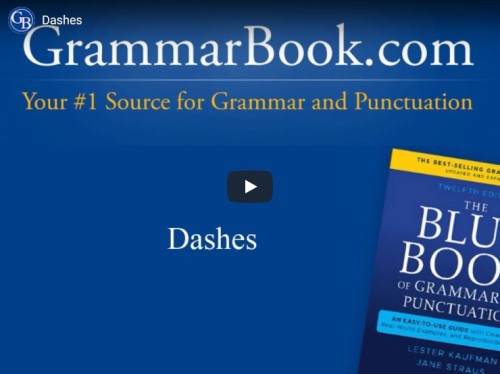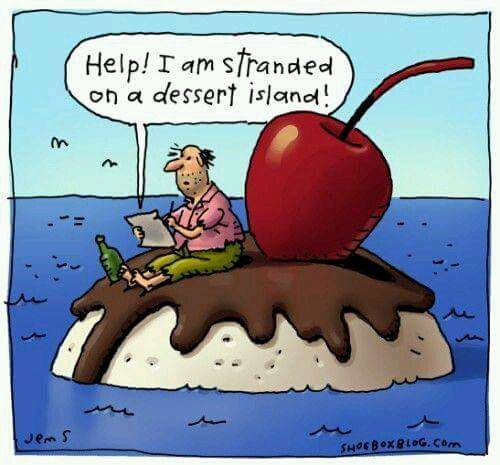|
Each writer's art is the formation of voice and technique over time. The more we write, the more we find and reveal thoughts and words connected only as we might convey them. The more we study and apply the principles for shaping good writing, the more eloquent and precise we can become.
Writing differs from speech in the space it creates for deliberate clarity, structure, and word choice. If speaking is the fire hose of our thoughts, writing is the nozzle that can aim and control them.
As we write, we will often relate thoughts as well as change to other ones. To achieve this without showing cracks and bumps in our writing, we rely on what are known as transitional markers (expressions).
What Are Transitional Markers?
Transitional markers show the relationships between ideas and the progression from one to another. Also sometimes referred to as conjunctive adverbs, they connect our clauses, sentences, and paragraphs to make them coherent and flowing for readers.
Transitional markers are vital to writing. Consider the following passage:
| Malik excels in mixed martial arts. He specializes in boxing and wrestling. His fighting skills include judo and jiu-jitsu. He runs six miles before practice. He can take a punch. He knocked out his last opponent after getting hit square in the jaw. |
This gathers statements you can probably link and interpret, but you might also find the writing choppy.
Let's add some transitional markers:
| Malik excels in mixed martial arts. He specializes in boxing and wrestling. His fighting skills also include judo and jiu-jitsu. He even runs six miles before practice. He can take a punch as well. He knocked out his last opponent after getting hit square in the jaw. |
You can see how the underlined markers serve as bridges among the sentences. They let us shift ideas and change information without breaking away in random directions.
Note that our transitional expressions should fit the logic of the statements we are relating, differentiating, or shifting from.
Good transition: He specializes in boxing and wrestling. His fighting skills also include judo and jiu-jitsu.
Bad transition: He specializes in boxing and wrestling. Accordingly, his fighting skills include judo and jiu-jitsu. |
Transitional Expressions: Types and Examples
Transitional markers can be grouped as different functions, such as addition, contrast, and sequence. The following are several functions with supporting examples.
Addition indeed, moreover, plus, also, in addition, furthermore, as well, even more
Janeeka is a brilliant mathematician. Even more, she plays violin in the city orchestra.
We will no longer feed the bears. Furthermore, they cannot lounge in the yard. |
Contrast at the same time, however, nevertheless, on the contrary, on the other hand
You still have my baseball mitt. However, I will lend you my bat if you return them both next week.
I don't want to pay $300 for that handbag. On the other hand, it is Melinda's favorite brand, and she would love it for her birthday. |
Example e.g. (for example), for instance, to illustrate, that is
Hector is fully qualified for the promotion. For example, he rebuilt the department's database in half of the budgeted time.
Questions must be answered before construction is considered. For instance, what are the developer's plans for the three acres of marsh on the property's north side? |
Sequence first, second, in the meantime, later, next, subsequently, this time
Hunter is going to the sporting-goods store. In the meantime, I will bait these hooks.
You've been running a tab for your school lunches for two months. This time, you will pay before you eat. |
Summary in sum, in short, in other words, i.e. (that is), in any event
The rent is late and the gas bill is due. In other words, we're not going out for dinner tonight.
The weather forecast says heavy rain with a chance of hail. In any event, I still wasn't planning to attend the parade. |
Transitional Markers: Different from Conjunctions
In using transitional markers, note they are not the same as coordinating conjunctions, which connect words, phrases, and clauses of equal rank.
Examples
Marcella's favorite colors are red, blue, and purple. (equal nouns)
This afternoon Alfred will wash the car, mow the lawn, or sweep the garage. (equal verb phrases)
Cats like to drink water, but they do not care to sit in it. (equal independent clauses) |
When we are including a transitional marker, we will usually separate it with a period or a semicolon when it connects main clauses. When it starts a clause, it will be followed by a comma. When it is parenthetical, we will set it off with commas.
Examples
Gordon is shredding the documents. However, there are several he can't locate.
Gordon is shredding the documents; however, there are several he can't locate.
Gordon is shredding the documents. There are, however, several he can't locate. |
Transitional Expressions: Avoid Too Many
While transitional markers contribute to coherent and logical communication, we should be mindful of their frequency. If we use too many, readers can start to think our writing is trying too hard to explain what is already clear.
Example
Malik excels in mixed martial arts. For instance, he specializes in boxing and wrestling. His fighting skills also include judo and jiu-jitsu. He even runs six miles before practice. He can take a punch as well. For example, he knocked out his last opponent after getting hit square in the jaw. |
When you compare this version to our earlier adjusted one, you can quickly determine how the former strikes better transitional balances.
Related Topic
Sentence Sequence and Transition
|





